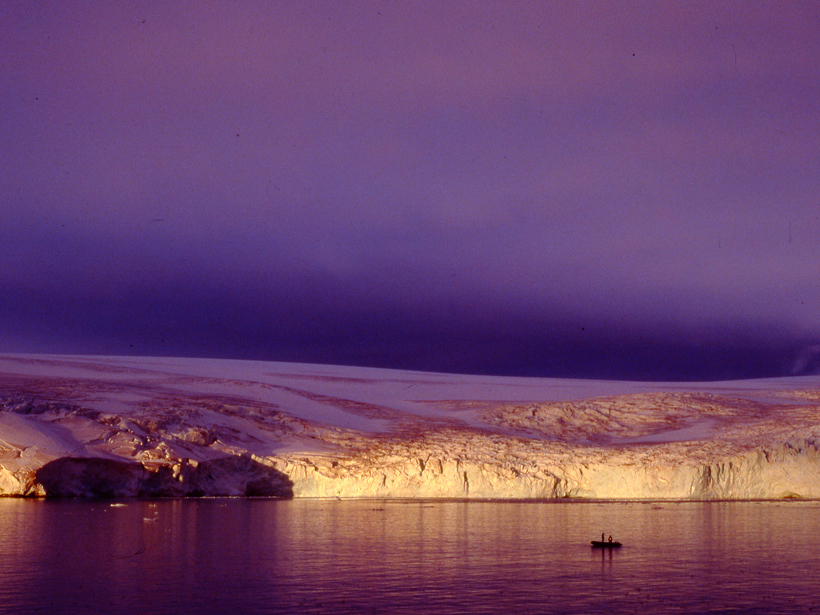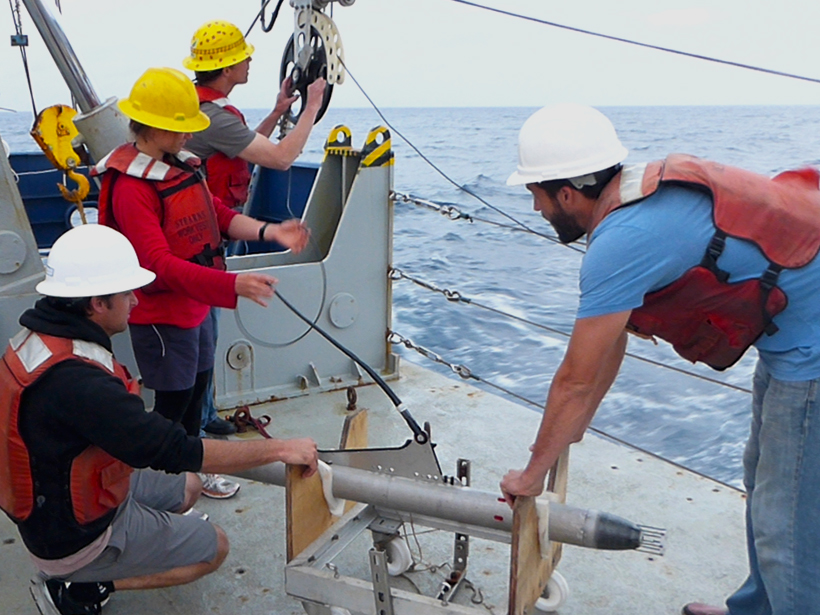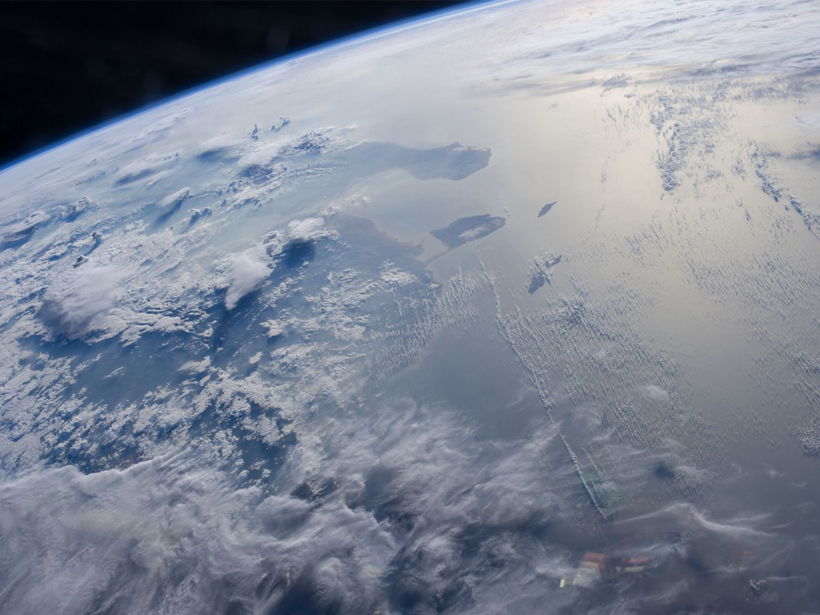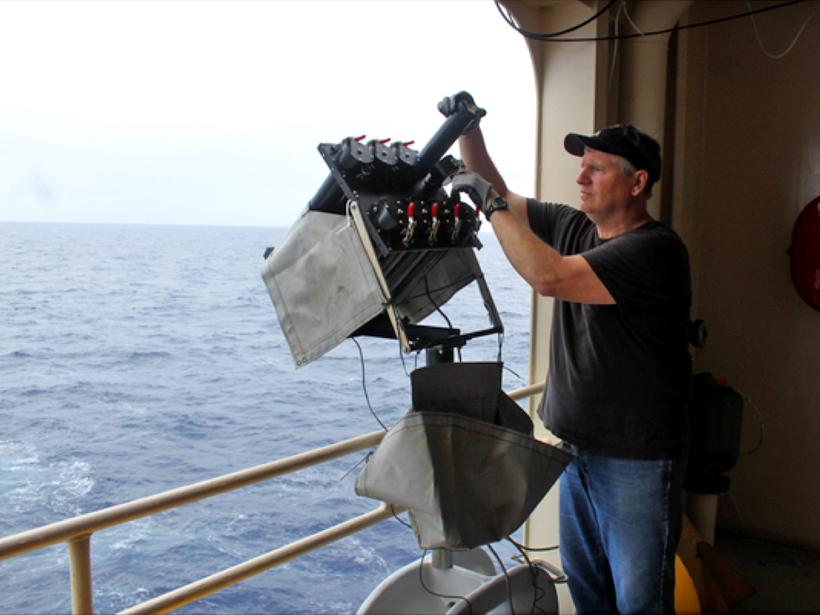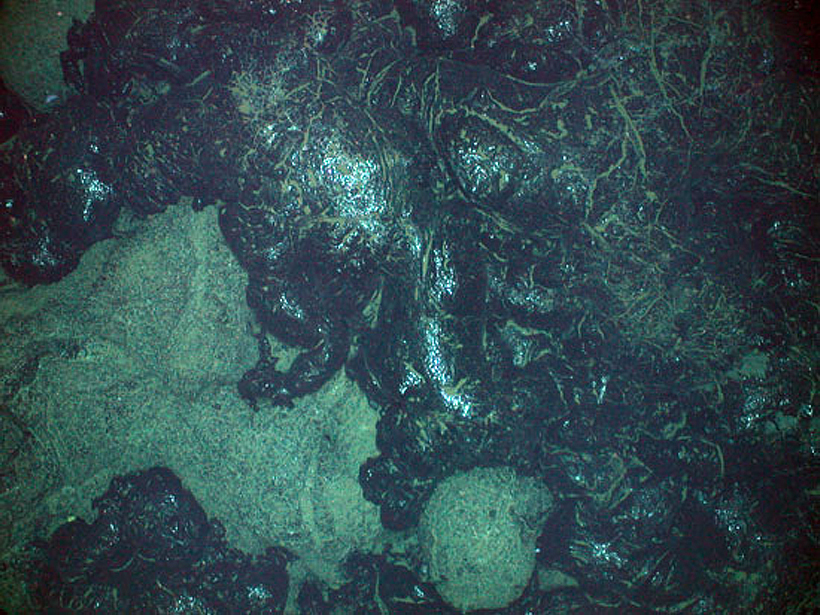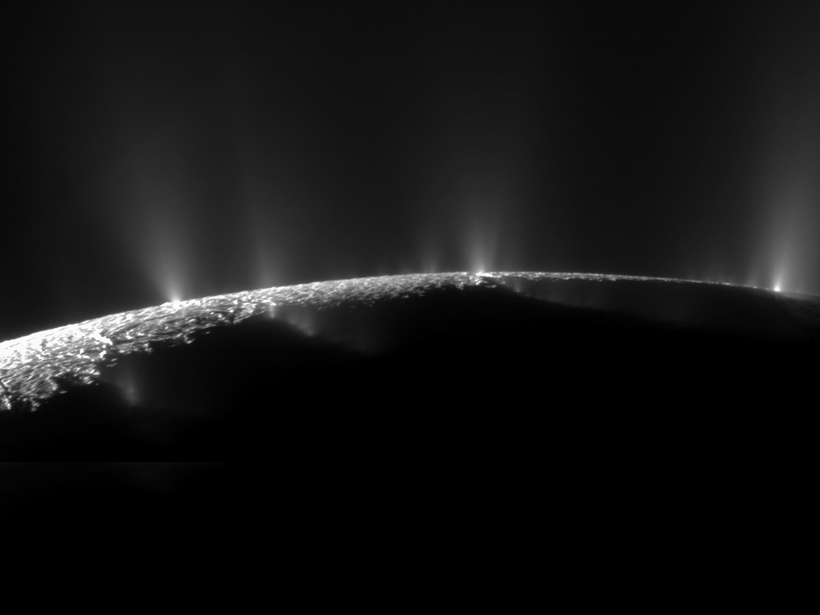Increased sedimentation from a melting glacier inhibits filter feeders in an Antarctic fjord.
Oceans
Breaking Internal Tides Keep the Ocean in Balance
By studying how underwater waves strike the continental slope off Tasmania, researchers seek to uncover the mechanisms that keep the circulation of the global ocean in balance.
Sea Surface Temperatures on the Rise in the Caribbean
A 30-year climate analysis reveals an increase in sea surface temperatures in the Caribbean, the Gulf of Mexico, and the surrounding region.
Data Correction Needed for Long-Term Heat Transport Monitoring
Scientists assess how historical temperature biases could impact the detection of ocean heat transport changes in a key area of the South Atlantic Ocean where data are scarce.
Setting the Stage for a Global Science of Atmospheric Rivers
The Scripps Institution of Oceanography International Atmospheric Rivers Workshop; La Jolla, California, 15–17 June 2015
Researchers Track Underwater Avalanches Like Never Before
Using beach ball–like detectors, researchers set out to determine how sediments, which could contain toxic contaminants, travel through submarine canyons to greater depths.
Earth's Climate Cycles Might Have an Eccentric Explanation
Mid-ocean ridge eruptions follow the cycles of tides and Earth's orbital eccentricity, indicating a possible role in long-term climate shifts.
Cassini Probe Dives Through Enceladus Plume
NASA's Cassini probe takes a trip through a cosmic sprinkler to learn more about a subsurface ocean.
Navigating the Uncertain Future of Global Oceanic Time Series
Long-term observing of our world's oceans is crucial to understanding climate change. Innovation and collaboration are needed to achieve sustainable oceanic time series.
Ocean Lightning Storms Are Larger Than Land Lightning Storms
A new study uses data from the Tropical Rainfall Measuring Mission to demonstrate that electrified storms in the tropics are 10 times larger over the ocean than those over land.

